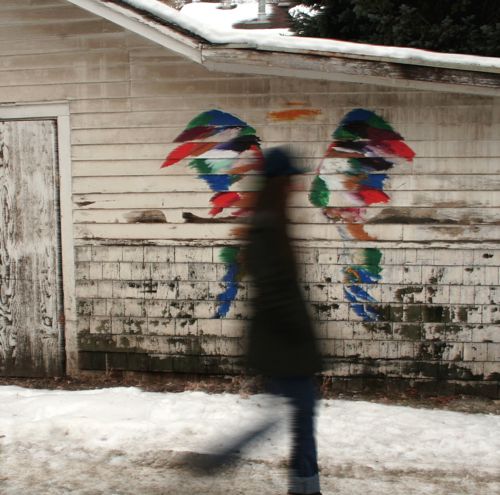The Hidden Curriculum of Wilderness: Images of Landscape in Canada
DOI :
https://doi.org/10.25071/1916-4467.22103Mots-clés :
curriculum studies, landscape image, identityRésumé
In this article, I offer an analysis of the Canadian relationship with the land as a point of departure for educators to consider personal modes of resistance so that the curricular goals of communal responsibility for the land, and understanding within and across differences can begin and continue to flourish. Because of the reality of increasing encounters with difference in schools, teachers and students need space to examine their epistemological and ontological grounding: how they come to know who they are in the time and place of contemporary life. Relationships with images of the land are cogent aspects of this kind of deep, reflexive inquiry and pursuit of these connections involves critical visual literacy. Through a consideration of some forces that shape the development and maintenance of national identity in Canada, I examine the influences of images of wilderness on contemporary, collective life. In this light, I trace the historical evolution of the landscape work of the Group of Seven painters to the level of national icon. The hidden curriculum of “wilderness nation” is an influence that runs counter to the realities of many students’ learning experiences in Canadian schools. I discuss the ways that the signifier of wilderness maintains hegemonic, discriminatory practices within schools.Téléchargements
Publié-e
2009-11-03
Comment citer
Pente, P. V. (2009). The Hidden Curriculum of Wilderness: Images of Landscape in Canada. La Revue De l’association Canadienne Pour l’étude De Curriculum , 7(1), 111–134. https://doi.org/10.25071/1916-4467.22103
Numéro
Rubrique
Articles
Licence

Copyright for work published in JCACS belongs to the authors. All work is licensed under a Creative Commons Attribution-ShareAlike 4.0 International license.


